Greece has a super-rich culture, which includes wonderfully captivated ancient stories. Greek plants mythology has captivated so many people’s hearts and attention throughout the years.
In addition to having suspenseful storylines, many myths feature exciting plants that you can still grow today!
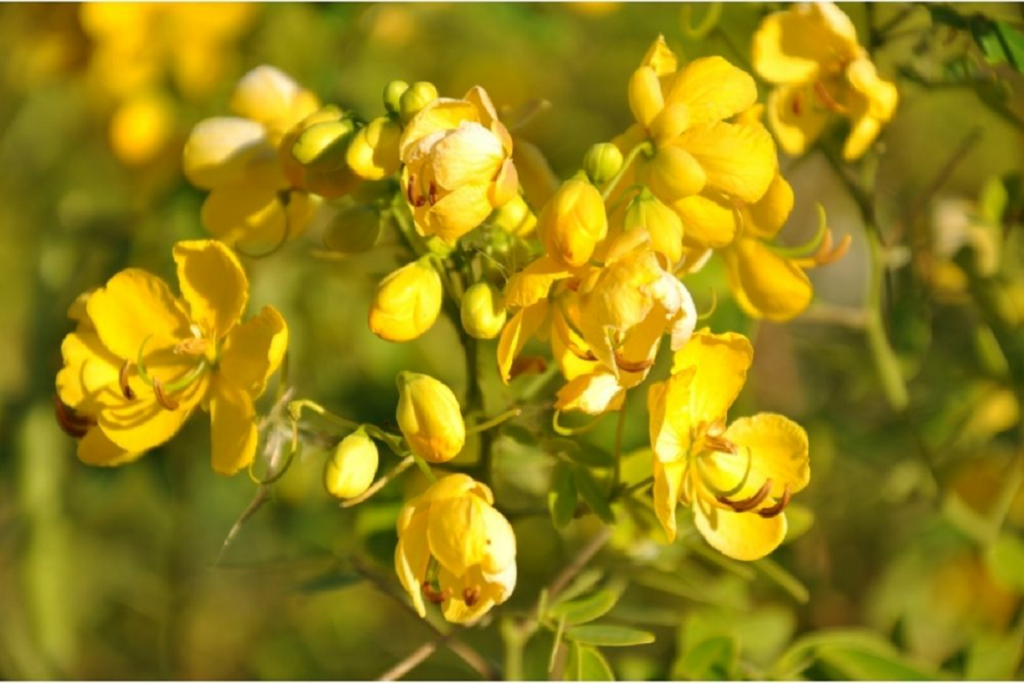
If you want to have classical or modern species in your life, it can be easy to introduce these plants into your own garden space. For those that love these stories, the Greek culture, and natural beauty, adding vibrant species to a landscaping design can be a great way to freshen up a dull space.
Many plants feature in these ancient Greek myths, which means if this is what you want, there’s plenty to choose from. However, picking the right ones for what you want to do can be difficult.
To stop your landscaping from becoming a greek tragedy, you need to tailor the species you pick to your environment.
To be sure that you get the unbelievable paradise you’ve been dreaming about, we’ve thoroughly researched Greek plants.
The following article contains valuable, concise nuggets of information about this varied species. So, to enhance and enrich your garden and knowledge, we recommend that you read on!
1. Aconite (Aconitum Napellus)
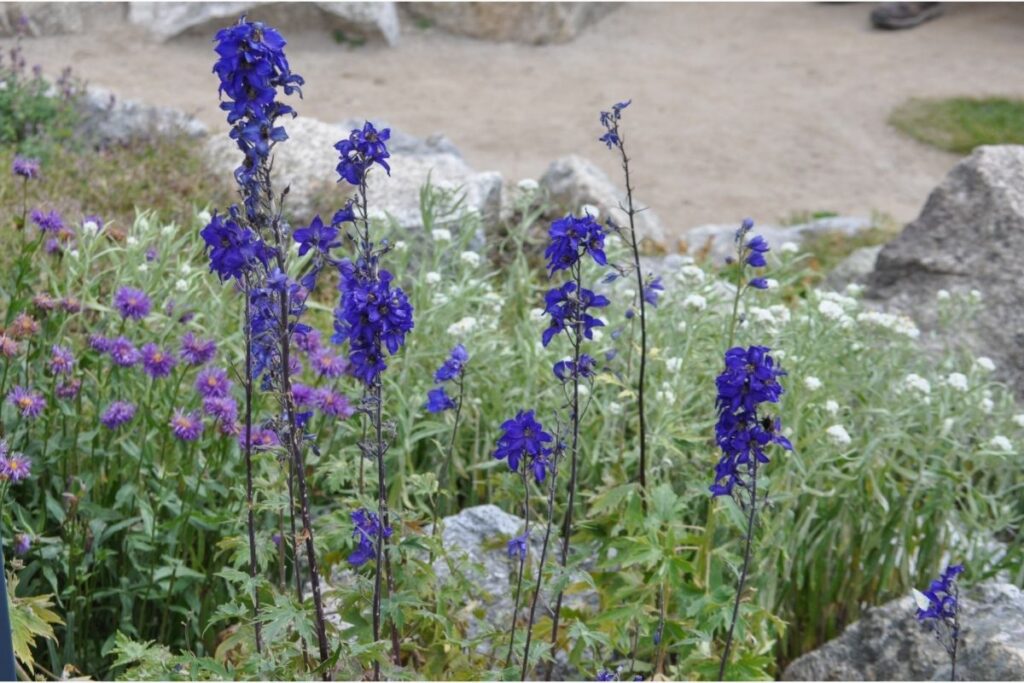
The Aconite (Aconitum napellus) is an excellent option for placing in a rockery because it produces blue-purple blossoms and can thrive in hard soil. This species features in both the Poison of Media and Spittle of Kerberos myths, written by the famous Greek author Ovid.
2. Apple Tree (Malus Domestica)
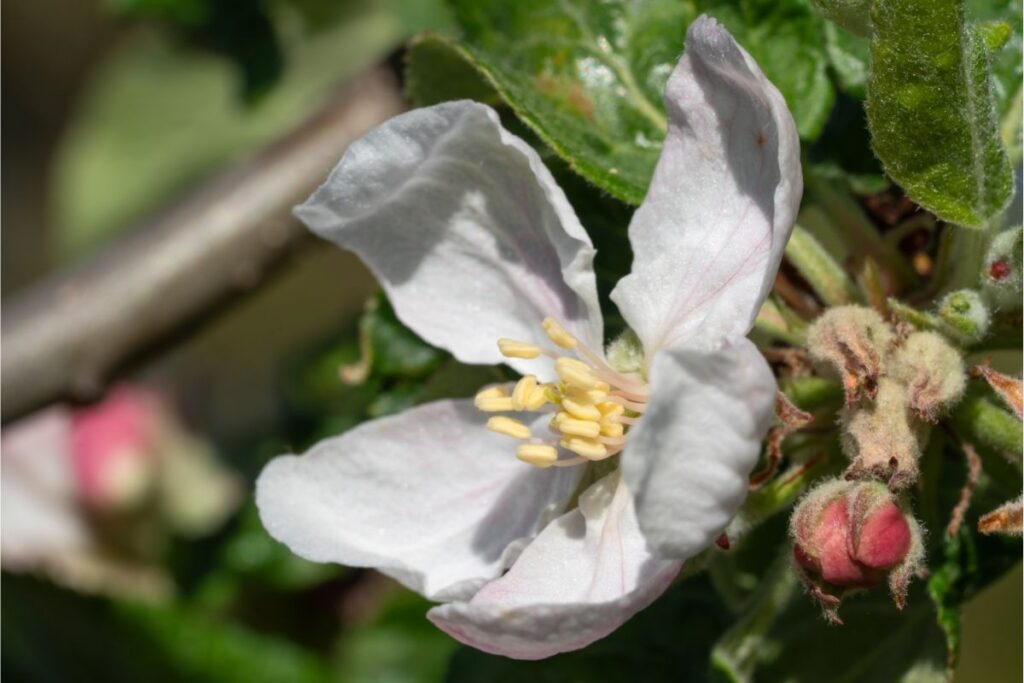
The Apple Tree (Malus Domestica) grows pretty and delicate flowers, which are a popular choice for brides in their bouquets because it’s traditionally known for being a marriage blossom.
This plant is so closely linked to weddings that it features an ancient myth about Hera’s wedding present being an apple tree.
3. Ash/Manna (Fraxinus Ornus)
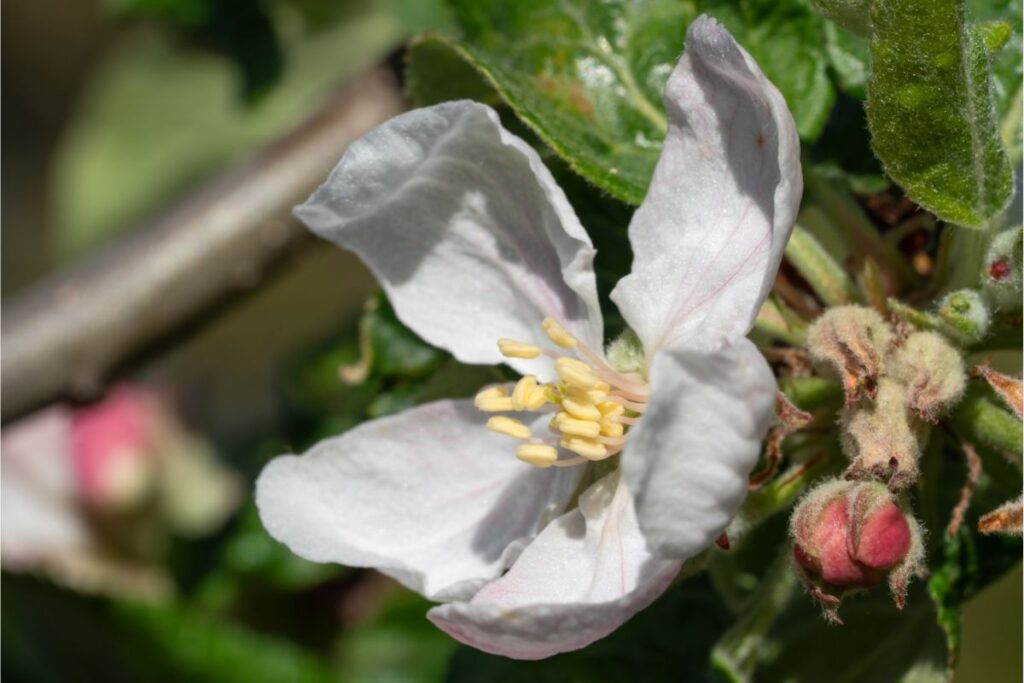
The Ash/ Manna (Fraxinus ornus) has gorgeous rounded snow-white blossoms, which shine between light green foliage and dark brown stems. This plant produces super sweet sap in the height of summer, which features in the Nymphai Meliai myth as a food fed to the baby god, Zeus.
4. Barley (Hordeum Vulgare)
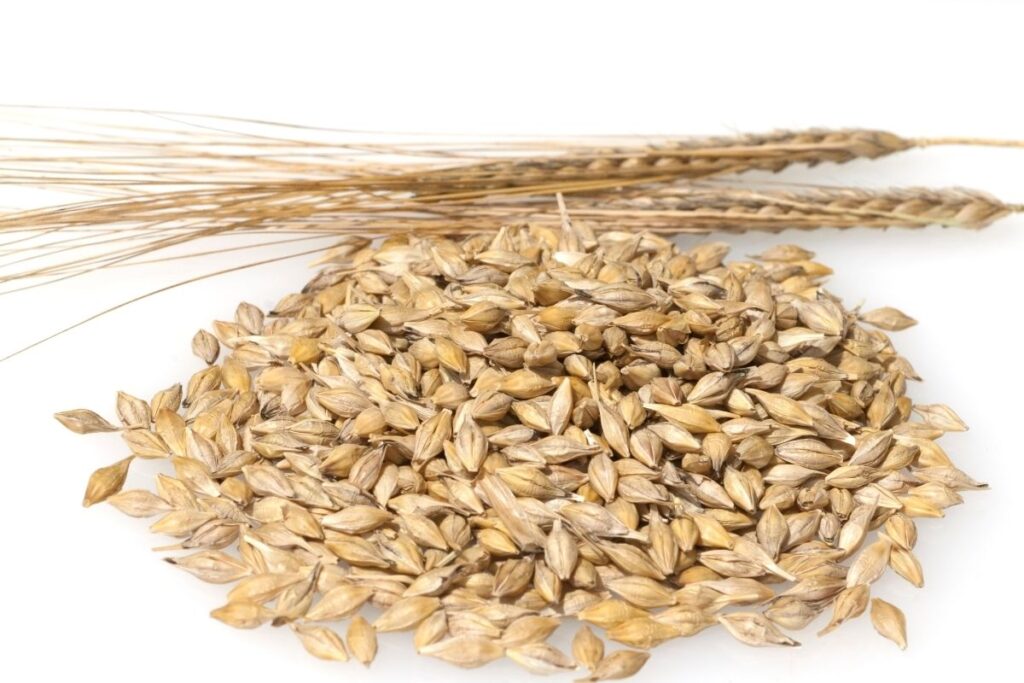
Barley (Hordeum vulgare) is a common crop in Greece because it makes foods including soups, bread, stews, alcohol, and minerally rich dishes. This golden grass-like plant features in Ovid’s Metamorphosis Askalabos when used as a drink for rehydrating the character, Demeter.
5. Almond Tree (Prunus Amygdalus)
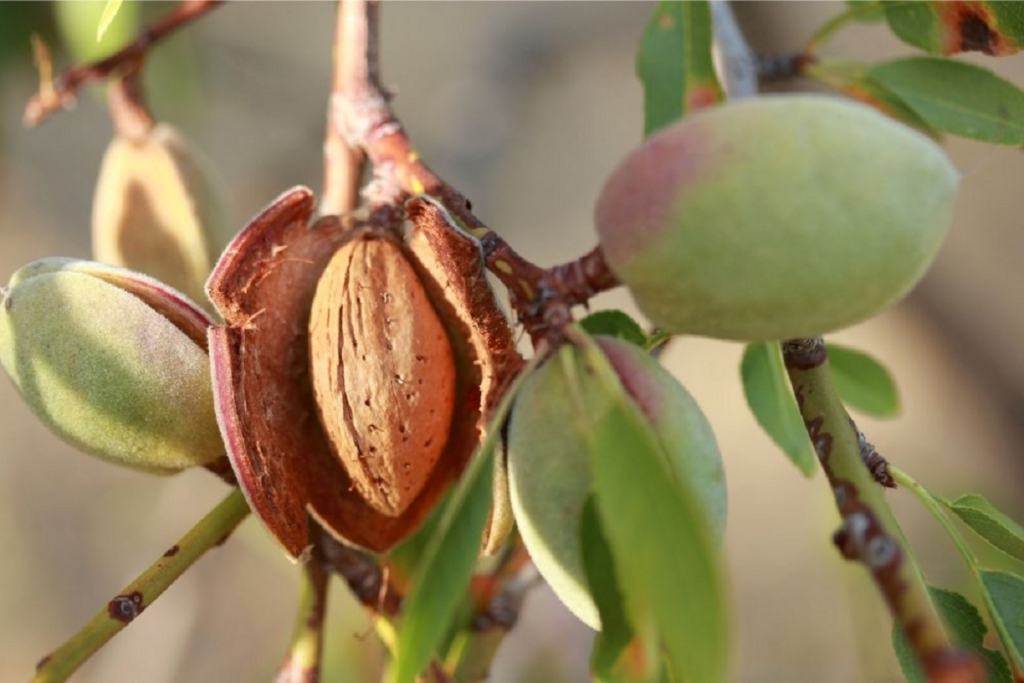
The Almond Tree (Prunus amygdalus) is a species that can grow to 9 meters high, which produces versatile nuts that can be added to baked, cooked dishes, and snacks.
As if that wasn’t fantastic enough, this plant has light pink and white flowers, which are at their peak in springtime, so they’re ideal for multiple reasons.
6. Anemone Poppy (Anemone Coronaria)
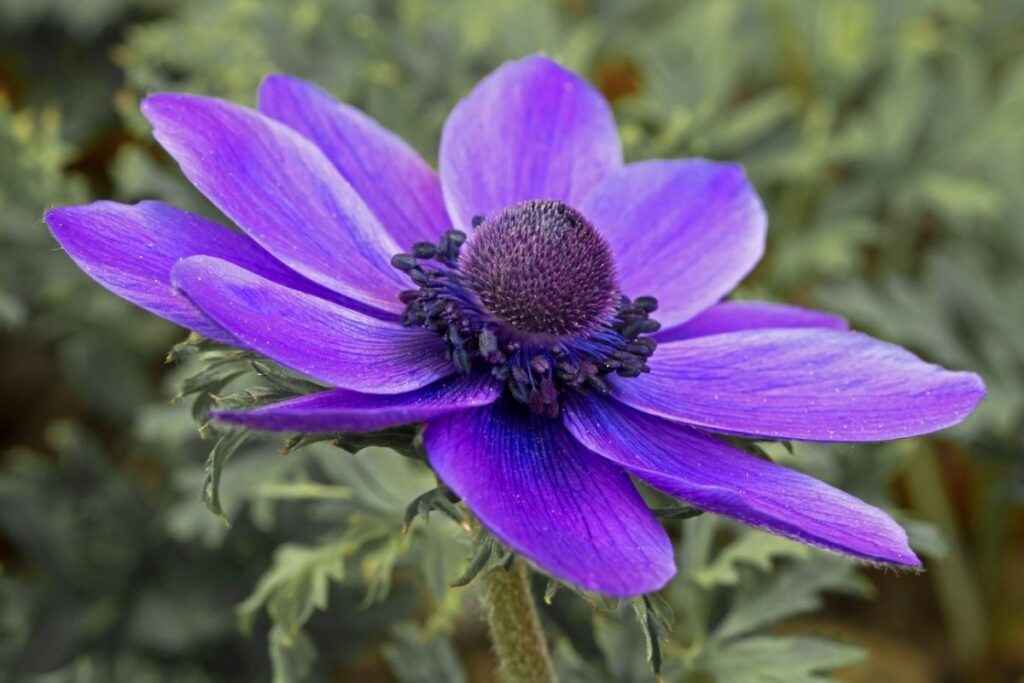
If you’ve been looking for a super bold perennial blossom, the red Anemone Poppy (Anemone coronaria) has got you covered! In traditional Greek mythology, this plant is sacred to Aphrodite, which features in Ovid’s myth about love called Death of Adonis.
7. Cedar, Prickly (Juniperus Oxycedrus)
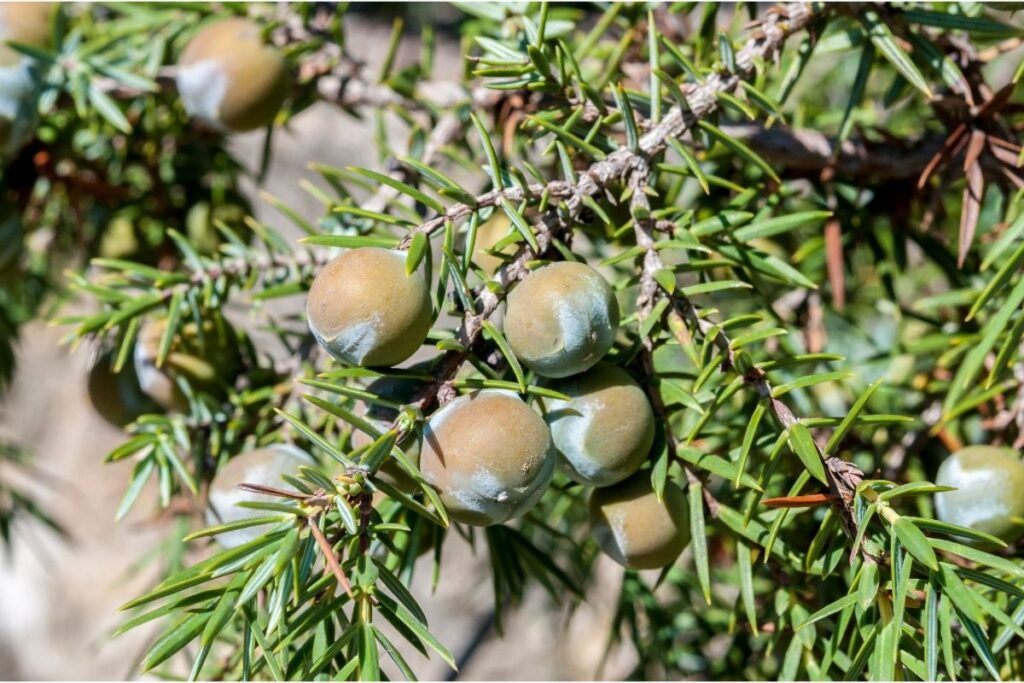
The Cedar, Prickly (Juniperus oxycedrus) creates structured foliage with spiky features, growing red-orange berries. In addition, this species can be used to create gorgeous wooden art, as the juniper wood is known for being high quality and is popular amongst carpenters.
8. Bindweed Or Ivy, Prickly (Smilax Aspera)
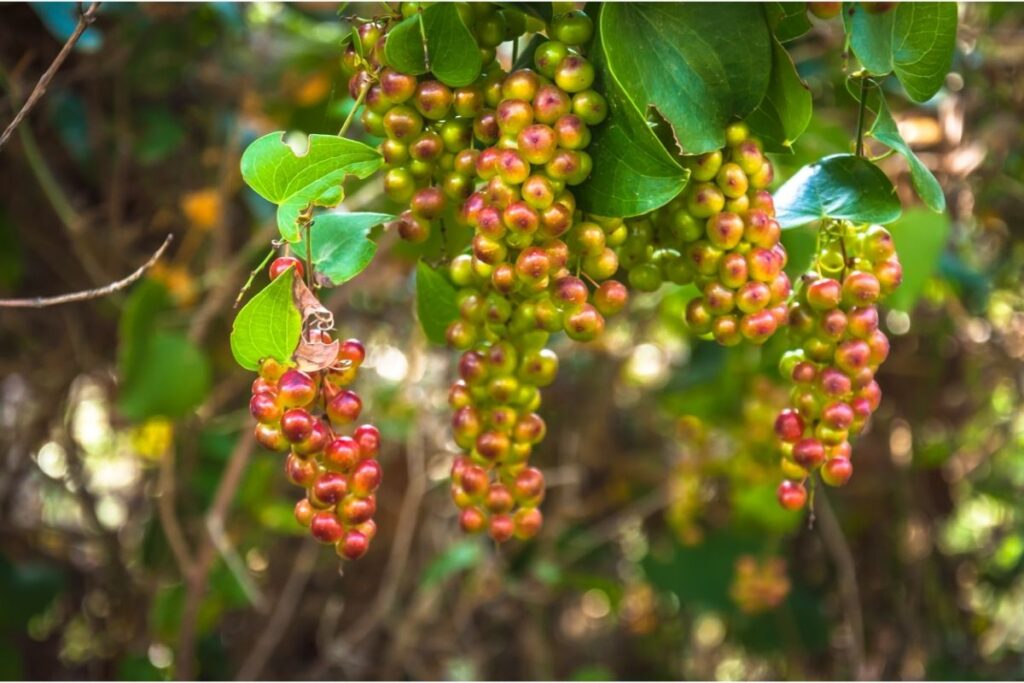
The Bindweed or Ivy, Prickly (Smilax aspera) has super shiny little red berries, which pop out between light green and pointed flowers when the plant is looked after properly. This species can be trained to vine over buildings, arches, and wooden lattices, perfect for hiding an ugly structure.
9. Celery, Wild (Apium Graveolens)

This delicate plant grows tiny snow-white flowers and pointed leaves, which people use to decorate funeral ceremonies and symbolize mourning. In Greek mythology, Zeus finds the Celery (Apium graveolens) sacred, traditionally used as a wreath on death beds.
10. Chaste Tree/Withy (Vitex Agnus Castus)
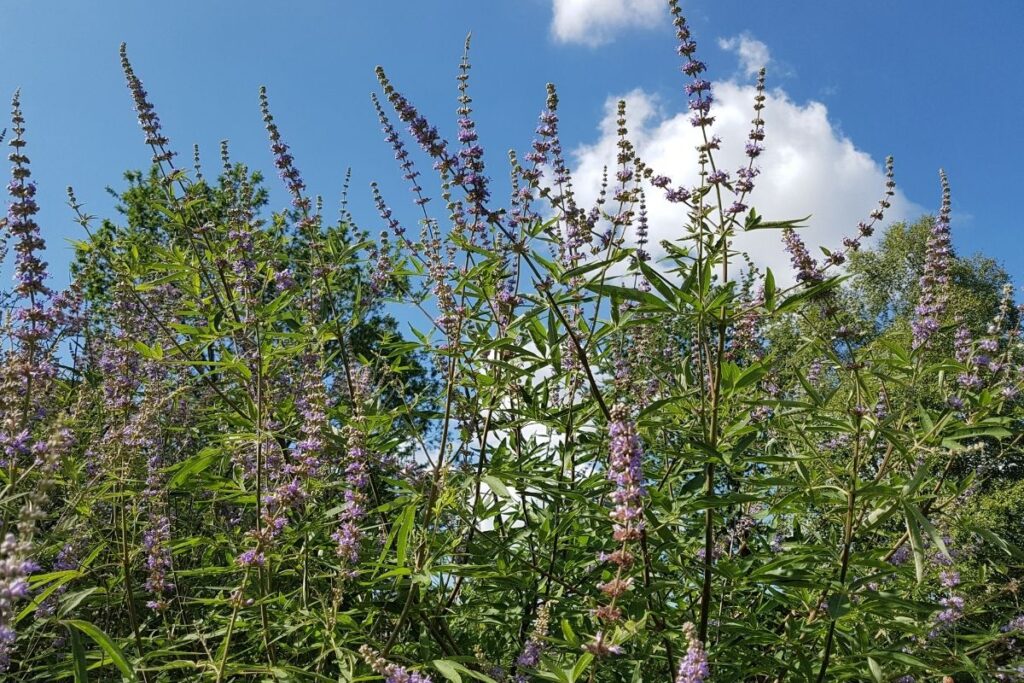
The Chaste Tree/ Withy has a stunning pointed and violet flower formation, which was believed in ancient Greece to stop people from having sexual desire. This plant is associated with several Greek figures, including Demeter, Hestia, Hera, and Artemis.
11. Cherry Tree, Cornelian (Cornus Mas)
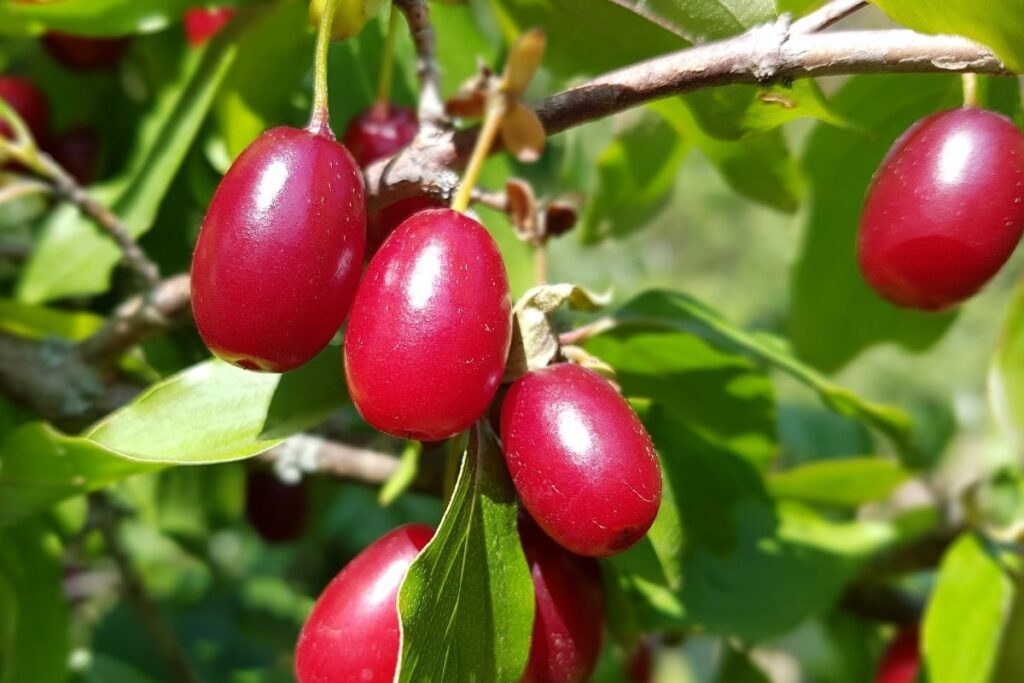
The Cherry Tree, Cornelian (Cornus mas) produces a shiny red fruit that hangs down in the summer, which is super delicious so long as you can deal with acid. The glossy dark green leaves catch the light and can be a super attractive way to encourage sun rays to bounce around your landscape.
12. Crocus, Saffron (Crocus Sativus)
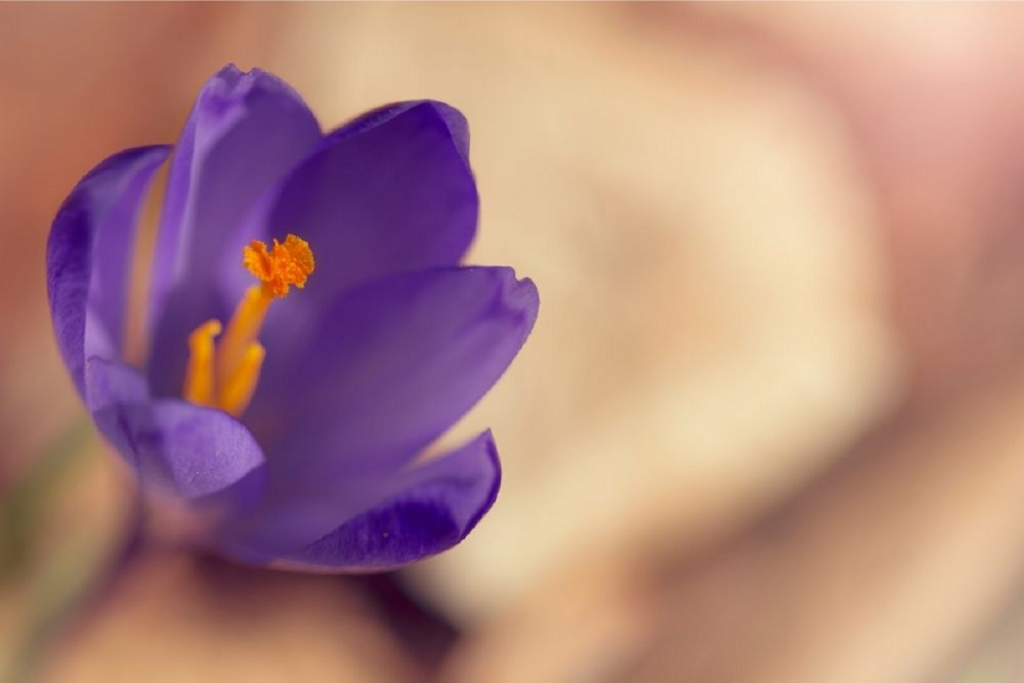
The Crocus, Saffron (Crocus sativus) produces lilac, dark purple, and golden yellow flowers at their peak at the end of summer and fall. And this species doesn’t just create vibrant blossoms; it can be used as a spice, as a golden die, and for decorating your home.
13. Everlasting (Helichrysum Sicul)
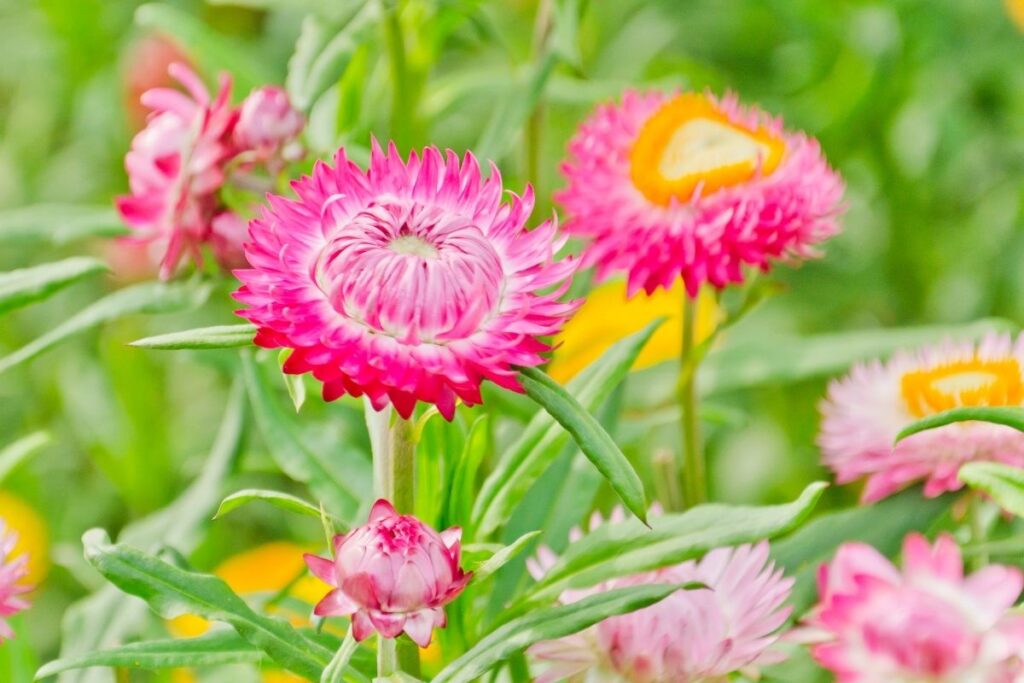
If you’re looking for golden flowers to brighten up a Mediterranean landscape, we recommend looking into buying the Everlasting (Helichrysum sicul) as it has yellow blossoms.
And the benefits don’t stop there; this species has vining stems and muted green foliage, which can be used to cover an ugly building’s sidewall.
14. Fennel, Giant (Fenula Communis)

The Fennel/ Giant (Fenula communis) produces firework-shaped golden yellow flowers, which are super fluffy and come from a solid central light green stem.
A significant factor about this plant is that it can grow to 15 feet high, perfect for those who want to bring height and structure to a flat landscaping scheme.
15. Fig, Grecian (Albies Cephalonica)
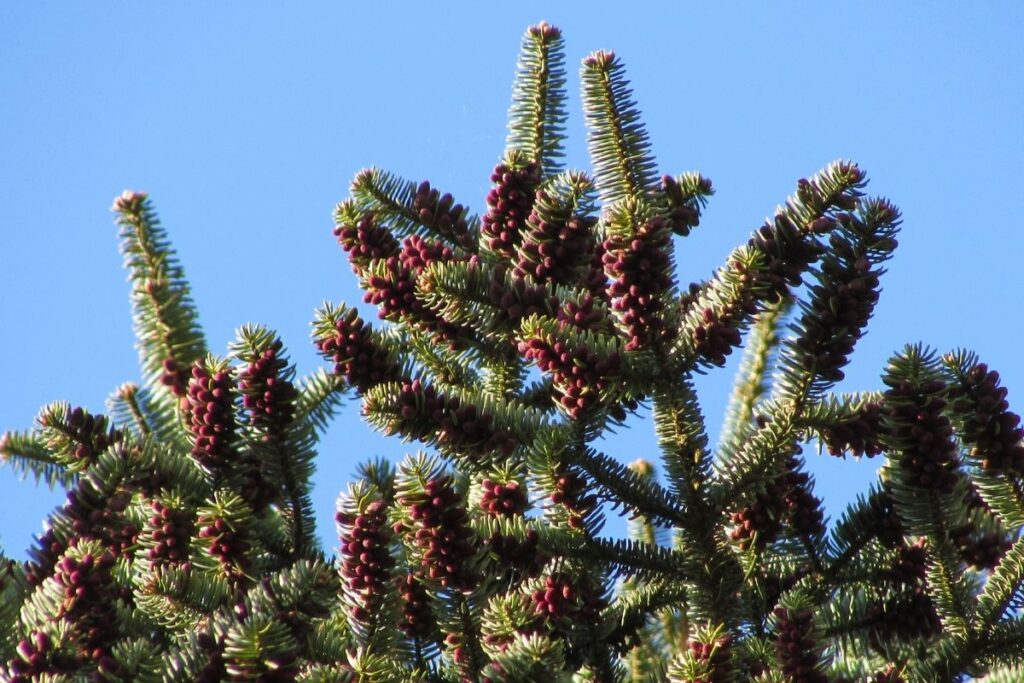
This unique plant has vertical cones that can create wine when picked from the 150-foot tall tree. In addition, this species has characteristic muted green and fluffy leaves, which will cast gorgeous shade over a garden so that you can bring structure to the landscaping.
RELATED: 48 Different Types Of Greek Trees
16. Frankincense Tree (Boswellia Carterii)
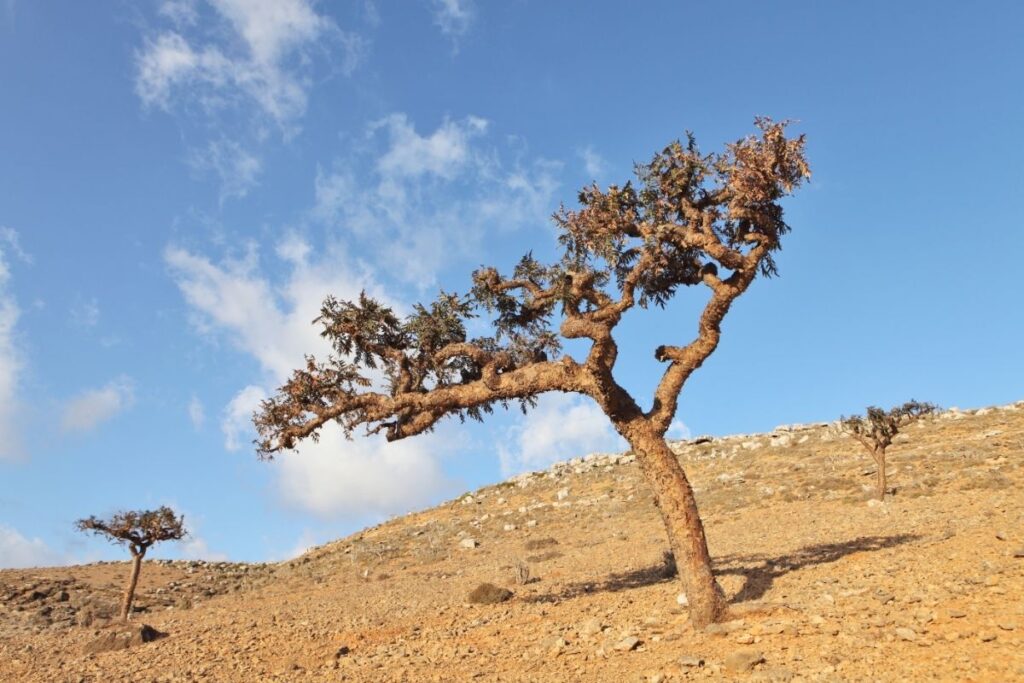
The Frankincense Tree (Boswellia carterii) features in the well-known Christian story about Jesus’ mother Mary’s journey to Bethlehem and can still create incense. This tree has super angular thick branches, which are ideal for bringing some edges to an overly soft planting space.
17. Grape Vine (Vitis Vinifera)
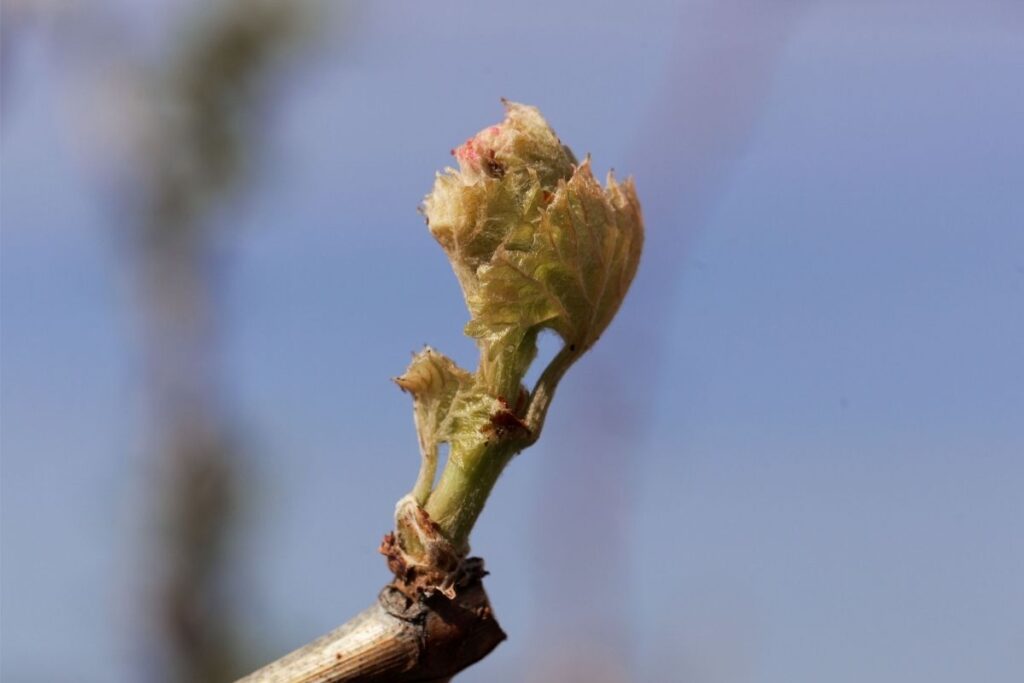
The Grape Vine (Vitis vinifera) is found in many warm European countries because it loves warm climates and can produce delicious edible fruit and wine. This species was so widespread in ancient Greece that it is featured in over 4 myths recorded by Athenaeus!
18. Hellebore (Helleborus Cycloph)
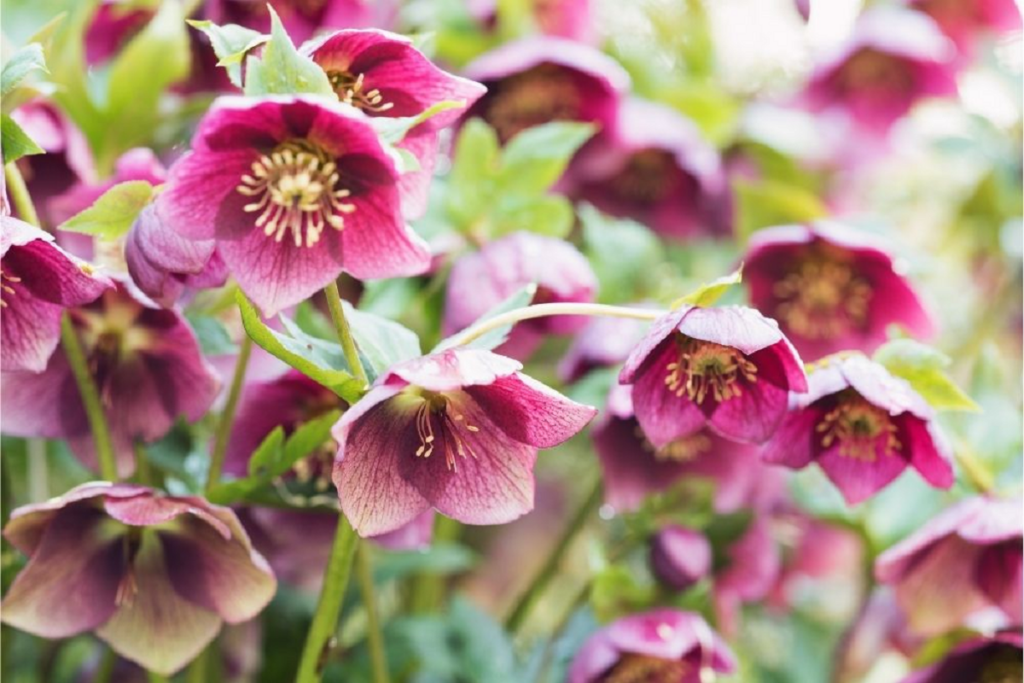
The Hellebore (Helleborus cyclops) produces yellow-green flowers with golden centers, like an abstract floral eye. This perennial also has robust leaves, although we advise that you practice caution if you nurture this plant as it’s toxic to humans, so please don’t ingest it.
19. Hemlock, Poison (Conium Maculatum)

The Hemlock, Poison (Conium maculatum) was used in ancient greek to create poison given to criminals as the punishment for their bad behavior.
Aside from being used for dark reasons, this species produces tiny white rotund blossoms on light green stalks, making them adorable minor additions to any landscape.
20. Elm Tree/Wych (Ulmus Glabra)
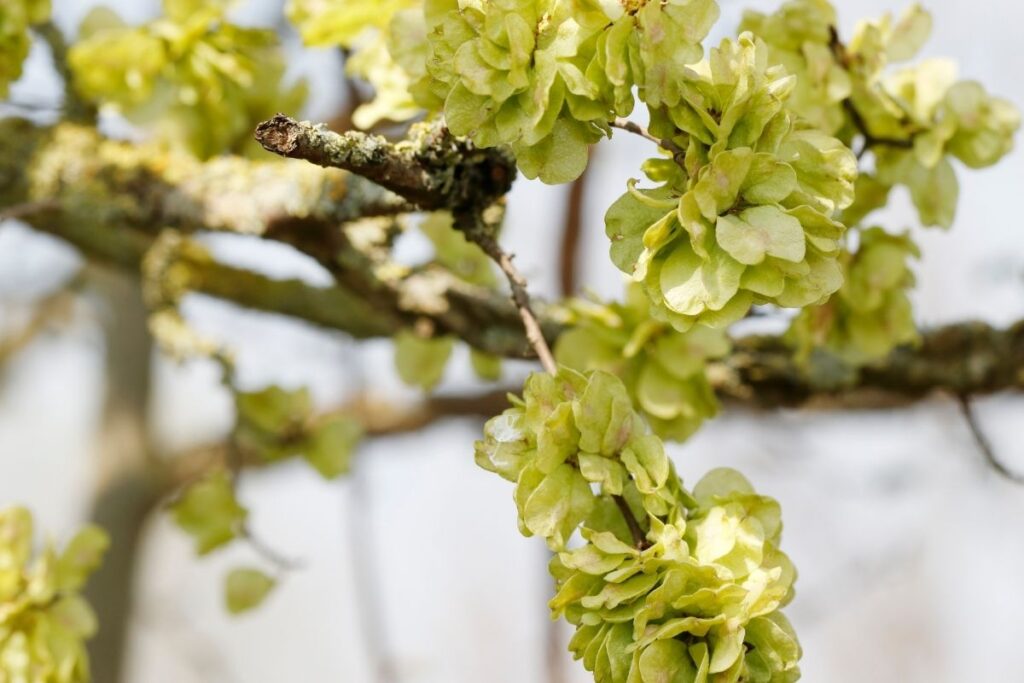
This species can grow to 40 meters high, producing large green long foliage, which is slightly shiny and discussed in four myths by Athenaeus. The Elm Tree/ Wych (Ulmus glabra) is a brilliant plant to get if you want to add shade to your garden and is also made for creating a screen between nosy neighbors.
21. Iris, Dwarf (Iris Attica)
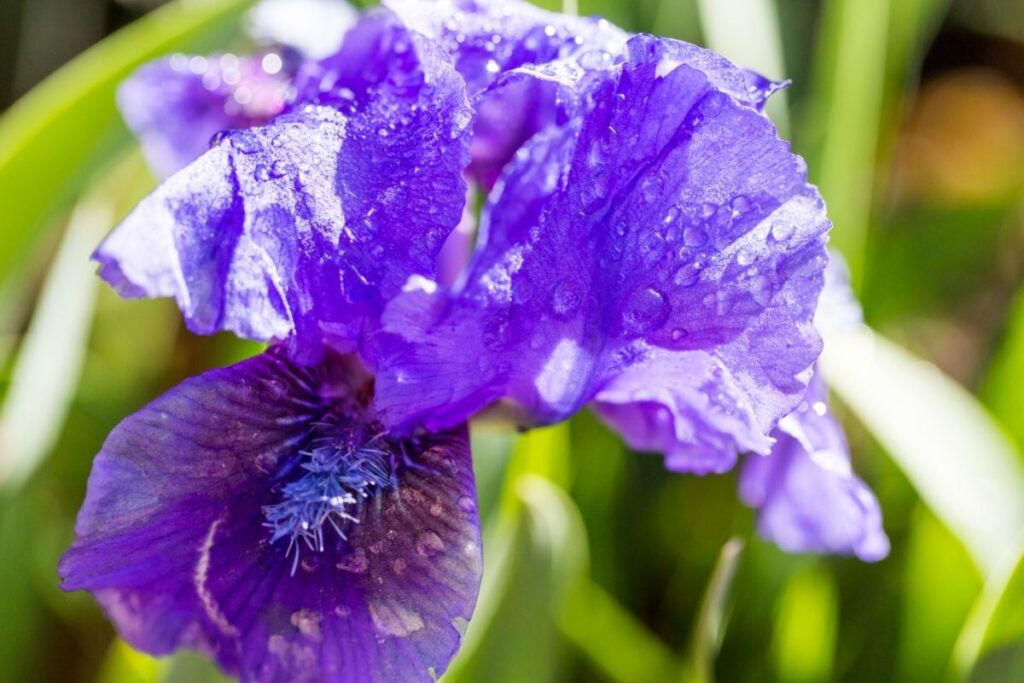
The Iris, Dwarf (Iris Attica) has frilly violet and white flowers used in Persephone’s bouquet in a popular Greek myth, so they’d suit being in a wedding arrangement. Flowering in spring, this blossom is super impressive, and we believe it’s perfect for adding color pops to any garden.
22. Ivy, Common (Hedera Helix)
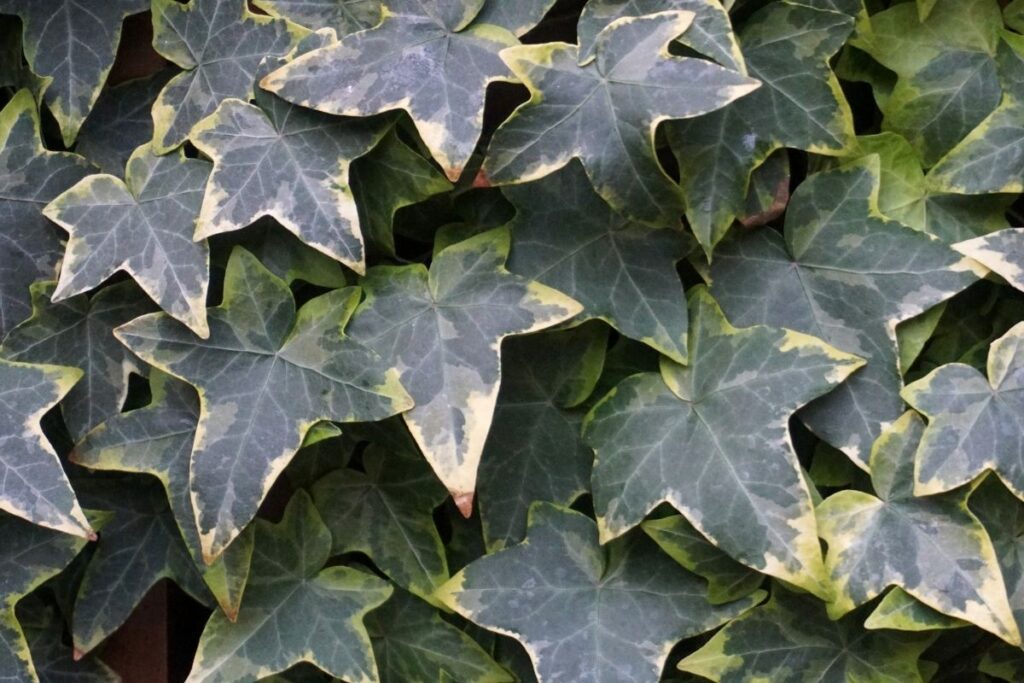
The Ivy, Common (Hedera helix) has shiny triangular leaves known for vining over structures, which means it can cover an unattractive building. In addition to having these gorgeous muted leaves, this plant has blackberries that ripen during the colder months.
23. Larkspur (Delphinium Ajacis)
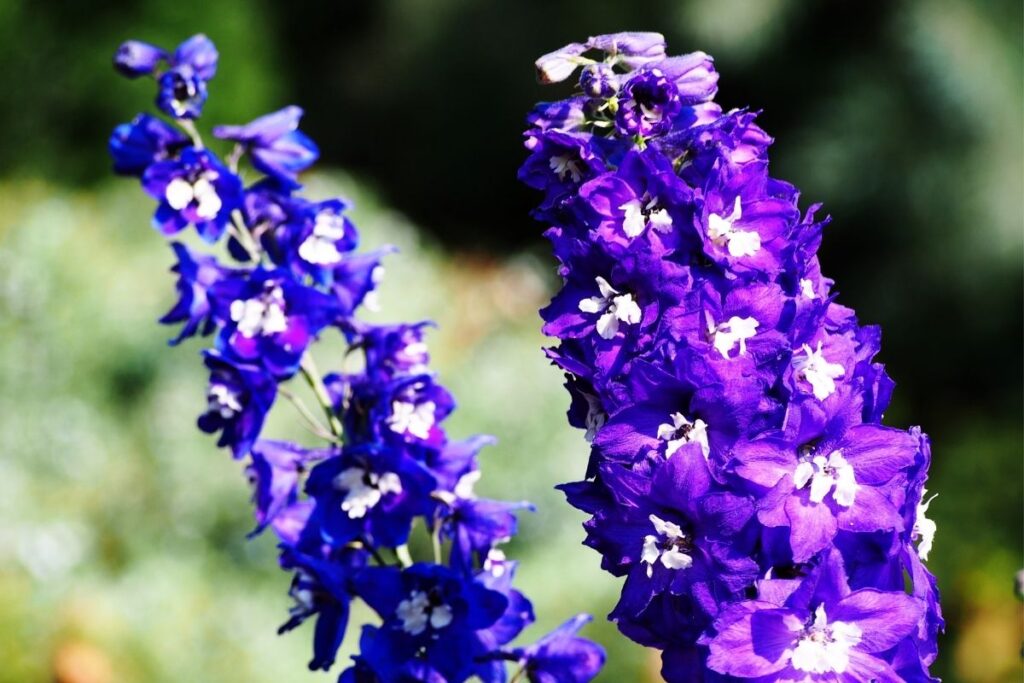
To produce a violet-blue color pop in your Mediterranean climate, we recommend purchasing the Larkspur (Delphinium ajacis) because it has vibrant blossoms towering skyward. Ovid writes about this gorgeous species in several myths, discussing these sun-loving plants in exciting stories.
24. Lily, Madonna (Lilum Candidum)

The Lily/ Madonna (Lilum candidum) has pure white curving petals with golden orange-yellow centers. This perennial can grow to 1.2 meters high and is mentioned in the Greek myth, Bouquet of Persephone.
Conclusion
Greece is a stunning country with incredible natural species, which would look great in many warm climates. However, suppose you’re searching for plants discussed in ancient Greek myths.
In that case, we recommend you consider purchasing a species that we’ve written about here. Whether you want trees, perennials, flowers, houseplants, or succulents, there are Greek plants that will suit you.
If you want more information about gorgeous natural plants, we have many other articles that interest you!
We hope you learned something from this article, here are other articles that you can learn from:
13 Different Plants That Start With O (Including Photos)
17 Different Types Of Plants That Start With X (Including Photos)







